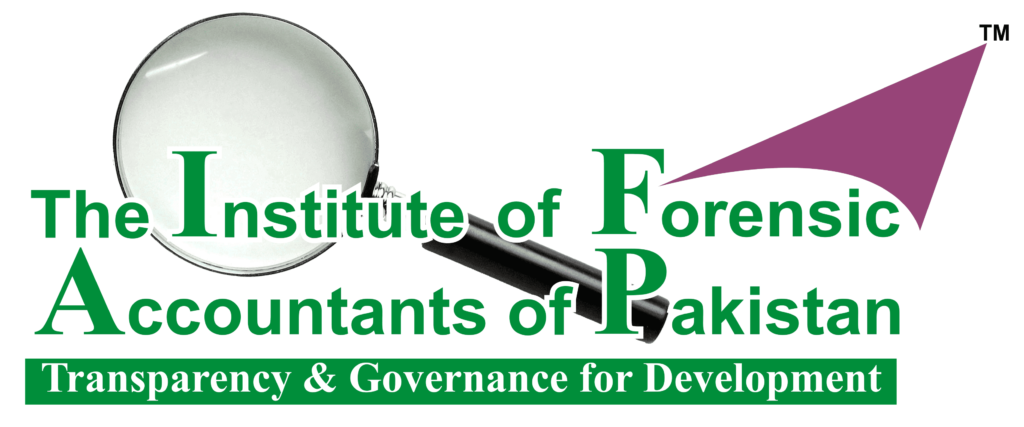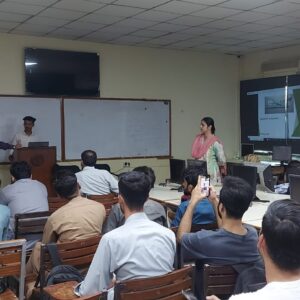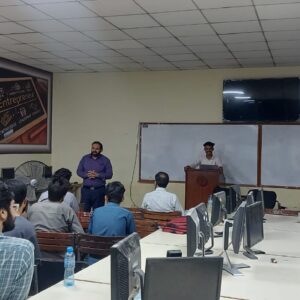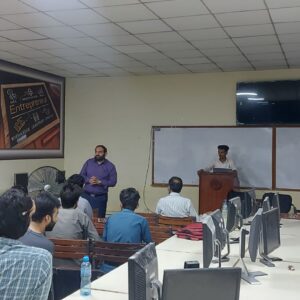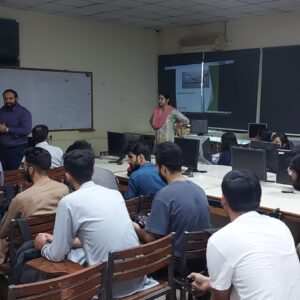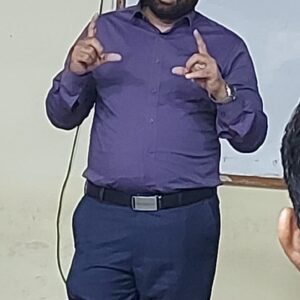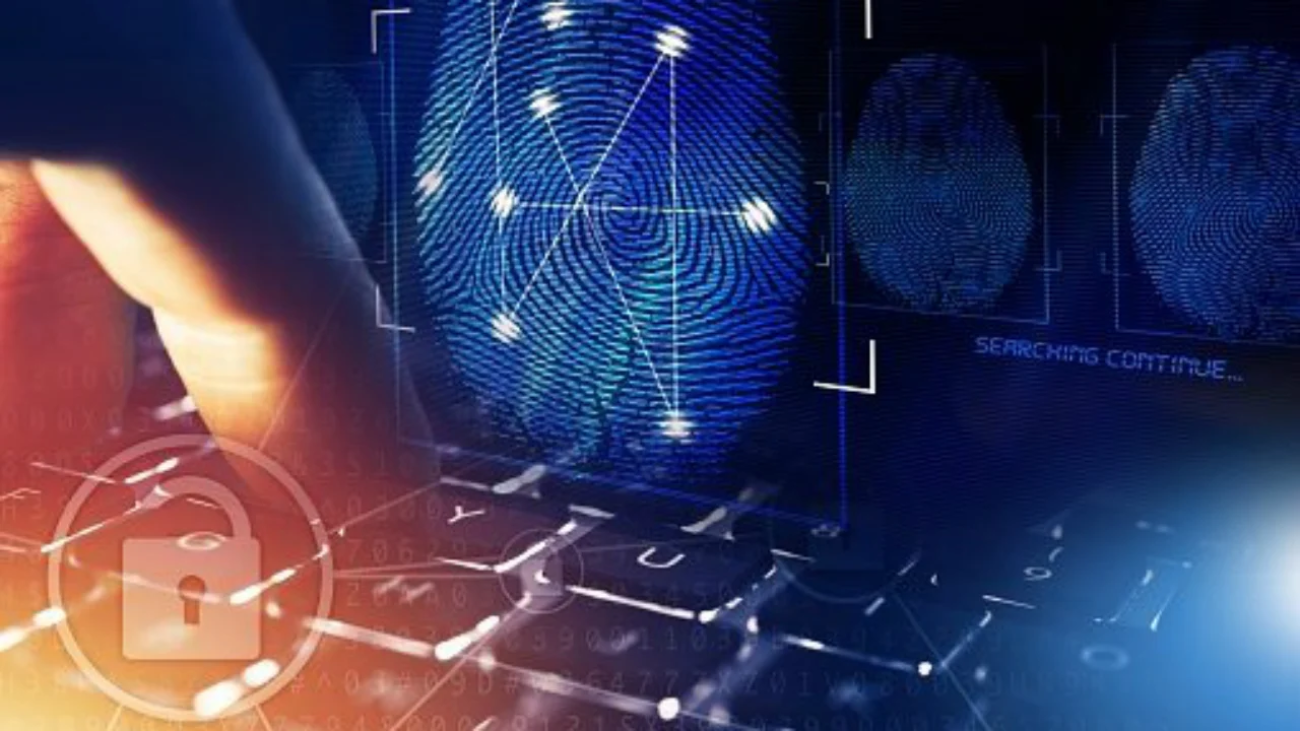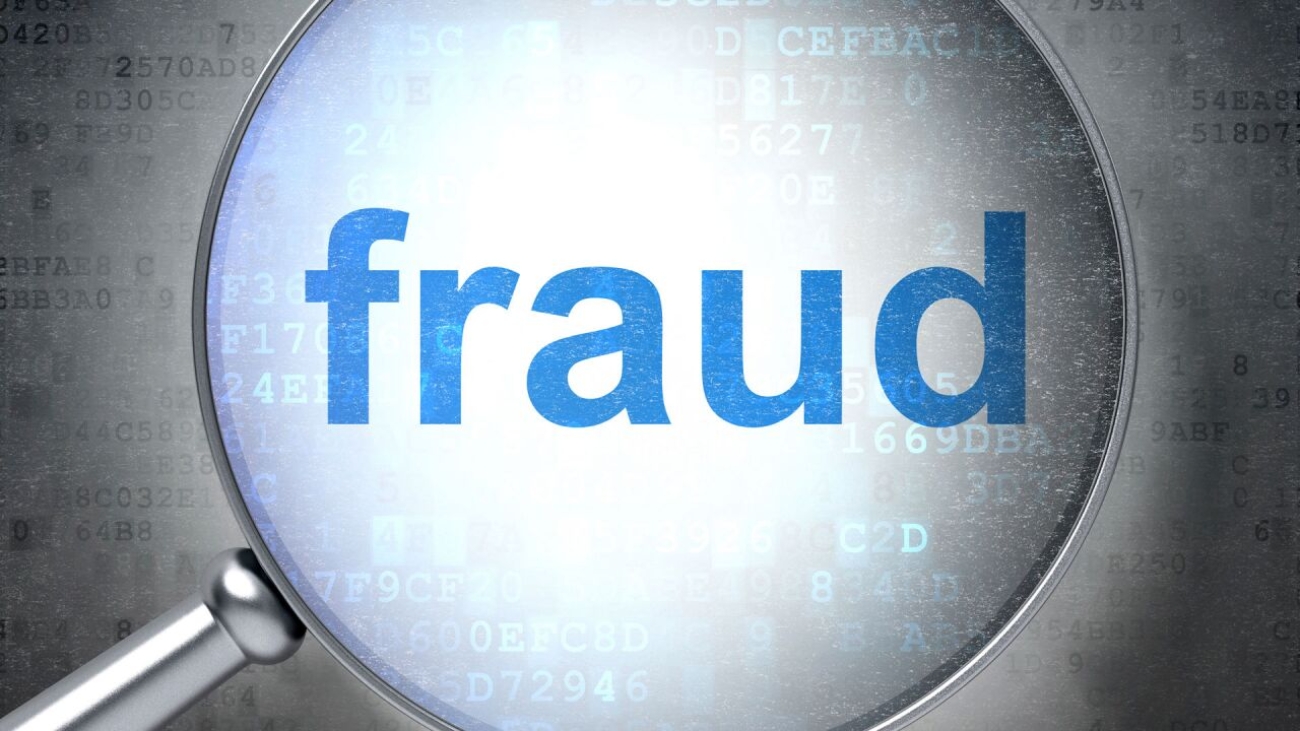Financial crimes have always plagued organizations, but the digital age has introduced a new dimension to these illicit activities. Perpetrators now exploit digital vulnerabilities to commit fraud, embezzlement, money laundering, and other financial crimes. This necessitates a robust investigative approach that incorporates digital forensics – the scientific collection, preservation, analysis, and presentation of electronic evidence (Ombu, 2023). As forensic auditors, we play a crucial role in uncovering financial wrongdoing, and a strong understanding of digital forensics is instrumental in achieving this objective.
This article explores the significance of digital forensics in financial investigations from a forensic auditor's perspective. It delves into the types of digital evidence encountered in financial crimes, the digital forensics process, and how forensic auditors leverage this expertise to strengthen investigations.
The Rise of Digital Evidence in Financial Crimes
The reliance on digital technologies in financial transactions has created a vast landscape of potential evidence. This evidence can reside on various devices, including computers, laptops, tablets, smartphones, servers, and cloud storage. Financial criminals often leave digital footprints in the form of:
- Emails: Emails can reveal communication trails related to fraudulent schemes, insider trading, or unauthorized access attempts (James & Gladyshev, 2013).
- Spreadsheets and Documents: Financial records, manipulated data, and incriminating correspondence can be found in digital documents.
- Database Records: Deleted or altered database entries related to transactions, accounts, or customer information can be retrieved using forensic techniques.
- Browser History and Internet Activity Logs: Traces of suspicious websites visited, online purchases made, or attempts to access unauthorized resources.
- Metadata: Embedded data within files, such as creation dates, modifications, and authorship, can provide valuable insights into the timeline of events.
- Network Traffic Logs: Logs of network activity can identify unauthorized access attempts, data exfiltration, or communication with malicious servers.
The ability to recover deleted data, hidden files, and even information from damaged storage devices makes digital forensics a powerful tool for forensic auditors.
The Digital Forensics Process in Financial Investigations
Digital forensics follows a meticulous and well-defined process to ensure the integrity and admissibility of electronic evidence in court. Here's a breakdown of the key stages involved:
- Identification: The first step involves identifying the potential digital evidence sources relevant to the investigation. This may involve analyzing case documents, interviewing witnesses, and understanding the nature of the alleged financial crime (James & Gladyshev, 2013).
- Acquisition: Once the evidence sources are identified, forensic auditors or digital forensics specialists acquire them using write-blocker tools to prevent any alteration of the data. This ensures the creation of a forensic copy that can be analyzed without compromising the original evidence (Palmer, 2020).
- Preservation: The acquired digital evidence needs to be meticulously preserved to maintain its chain of custody and ensure its authenticity in court. This involves creating secure storage procedures, documenting the evidence handling process, and maintaining a strict audit trail (Reith, Carr, & Gunsch, 2020).
- Analysis: The forensic examination involves employing specialized tools and techniques to analyze the acquired data. This may include keyword searching, data carving (retrieving deleted or fragmented data), file system analysis, and network traffic analysis. The goal is to identify, collect, and interpret all relevant evidence that can support the financial investigation (Carvey, 2020).
- Reporting: The analysis findings are documented in a comprehensive report. This report details the methodology used, the evidence collected, and the conclusions drawn from the analysis. The report should be clear, concise, and understandable for both technical and non-technical audiences (Palmer, 2020).
Utilizing Digital Forensics for Effective Financial Investigations
Forensic auditors leverage digital forensics expertise in several ways to strengthen financial investigations:
- Uncovering Hidden Evidence: Digital forensics can uncover deleted files, hidden folders, and altered data that traditional investigative methods might miss. This hidden evidence can be crucial in building a strong case against the perpetrator (Reith et al., 2020).
- Reconstructing Financial Transactions: By analyzing digital records, forensic auditors can reconstruct financial transactions and identify fraudulent activities. Techniques like data carving can help recover deleted entries that could reveal manipulation of financial data (Palmer, 2020).
- Identifying Insider Threats: Digital evidence can help identify employees who might be involved in financial crimes. Analyzing email logs, network activity, and access logs can reveal suspicious behavior or unauthorized access attempts (Carvey, 2020).
- Providing Timelines and Corroboration: Digital evidence often provides timestamps and audit trails, creating a clear timeline of events that strengthens the investigation's narrative. Additionally, digital evidence can corroborate witness statements and other investigative findings (James & Gladyshev, 2013).
- Meeting Legal Requirements: Digital forensics ensures that evidence is collected, handled, and presented in a manner that adheres to legal requirements. Following a well-defined chain of custody ensures the admissibility of evidence in court (James & Gladyshev, 2013).
Challenges and Considerations for Forensic Auditors
While digital forensics offers immense benefits for financial investigations, there are also challenges and considerations that forensic auditors need to be aware of:
- Data Volatility: Digital evidence can be easily modified or destroyed, making it crucial to act swiftly and use appropriate acquisition techniques (Reith et al., 2020).
- Evolving Technologies: The digital landscape is constantly evolving, with new devices, storage solutions, and encryption methods emerging. Forensic auditors need to stay updated with the latest trends and acquire new skill sets to effectively analyze evidence from these evolving technologies (Palmer, 2020).
- Data Volume: The sheer volume of digital data generated by organizations can be overwhelming. Forensic auditors need to employ efficient data filtering and analysis techniques to identify relevant evidence quickly (Reith et al., 2020).
- Cost and Resources: Implementing and maintaining a robust digital forensics capability requires investment in specialized tools, training, and personnel (James & Gladyshev, 2013).
- Legal Issues: Understanding and complying with electronic discovery (eDiscovery) laws and regulations governing data collection, preservation, and production is critical (Carvey, 2020).
The Future of Digital Forensics in Financial Investigations
The future of digital forensics in financial investigations is bright. As technology continues to evolve, so too will the capabilities of digital forensics tools and techniques. Here are some key trends to watch:
The future of digital forensics in financial investigations will likely involve increased automation and the use of artificial intelligence (AI) for faster data analysis and identification of patterns and anomalies. Additionally, with the rise of cloud computing and blockchain technologies, new methods for securing and analyzing digital evidence will be crucial.
- Cloud Forensics: With the increasing reliance on cloud-based storage and applications, cloud forensics will become an increasingly critical aspect of financial investigations. Forensic auditors will need to develop expertise in acquiring and analyzing digital evidence stored in the cloud (James & Gladyshev, 2013).
- Artificial Intelligence (AI) and Machine Learning (ML): The integration of AI and ML into digital forensics tools can significantly enhance the speed and accuracy of evidence analysis. These technologies can automate repetitive tasks and uncover hidden patterns within large datasets of digital evidence (Ombu, 2023).
- Blockchain Forensics: The rise of blockchain technology presents unique challenges and opportunities for financial investigations. Forensic auditors will need to develop specialized skills to trace and analyze financial transactions conducted using blockchain technology (Reith et al., 2020).
By staying abreast of these trends and continuously honing their digital forensics skills, forensic auditors will be better equipped to navigate the ever-evolving landscape of financial crime.
Digital forensics plays a vital role in the arsenal of a forensic auditor investigating financial crimes. By understanding the types of digital evidence, the digital forensics process, and the challenges involved, forensic auditors can leverage this expertise to strengthen investigations, uncover hidden evidence, and bring perpetrators to justice. As the financial landscape continues to evolve, ongoing collaboration, adaptation to new technologies, and a commitment to continuous learning will be essential for forensic auditors to stay ahead of the curve in the fight against financial crime.
References:
Carvey, H. (2020). Computer Forensics: Incident Response Essentials. Addison-Wesley Professional.
James, M., & Gladyshev, P. (2013). The Need For Digital Forensics: Why Digital Forensics Is Important?. Financial Crime Academy. Retrieved June 11, 2024 from https://financialcrimeacademy.org/cyber-and-technology/
Ombu, A. (2023, July 16). Role of Digital Forensics in Combating Financial Crimes in the Computer Era. Journal of Forensic Accounting Profession 3(1):57-75. Retrieved June 11, 2024 from https://www.researchgate.net/publication/372408988_Role_of_Digital_Forensics_in_Combating_Financial_Crimes_in_the_Computer_Era
Palmer, G. (2020). A Guide to Digital Forensics and Incident Response. CRC Press.
Reith, M., Carr, C., & Gunsch, G. (2020). An Examination of Digital Forensics. Elsevier.
Vadza, E. (2019). Drawbacks and challenges of digital forensics in financial crime investigations. Academy of Entrepreneurship and Management Journal, 24(2), 1-8.
Author:
Dr. Muhammad Ali
FICFA (USA), FIPA (AUS), FFA (UK), CCFA (PAK), FFA (PAK), FCIAP (PAK), MBA (PAK), Ed.D (NIG)
